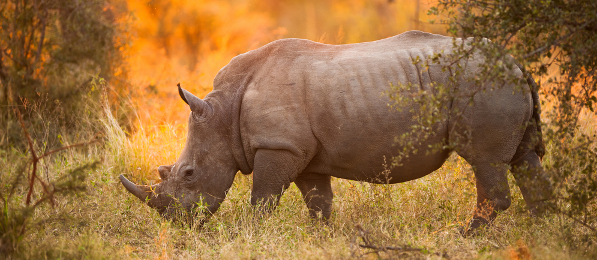
Zoologists have developed software that can detect physical footprint characteristics in animal tracks.
Zoe Jewell and her husband Sky Alibhai call their method footprint identification technique, or FIT.
Professional trackers photograph footprints (with a ruler for scale) and add GPS coordinates. The footprints are then loaded into the software that allows Jewell and Alibhai to match them to a large number of known footprints from captive animals of the same species. Algorithms compare elements of the photographed footprint against those in a database of animals whose age and gender are known.
The married couple, who run the organisation Wildtrack, got the idea for FITwhile working with black rhino in Zimbabwe in the late 1990s. It’s taken years of tweaking and tinkering to develop algorithms that reliably recognize footprints of a given species.
They say an ongoing challenge will be FIT’s reliability (it is currently 90% accurate at correctly determining the sex, age, and species). Nonetheless the technique is low cost, relatively easy to use, and noninvasive compared to radio collaring, which requires darting an animal.
But FIT doesn’t work well with all animals yet and is still very much in an experimental stage.
"The zebra hoof is a big challenge because it’s hard to mark different shapes. On the other hand, a cheetah or lion footprint, where you have four toes and a heel pad, there’s lots of complexity there," making it easier to identify individuals, Jewell said.






